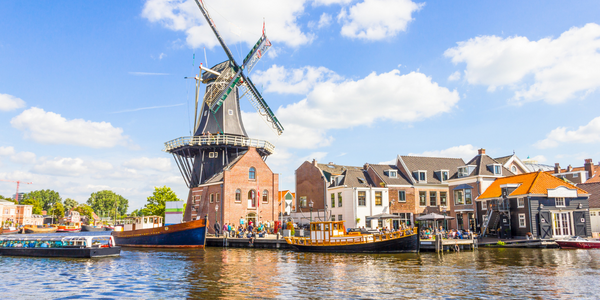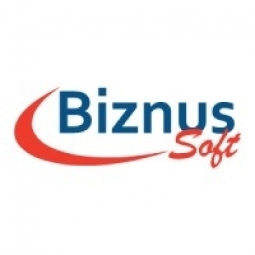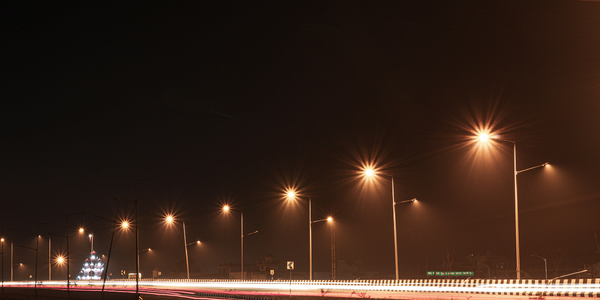技术
- 功能应用 - 库存管理系统
适用行业
- 服装
- 城市与自治市
适用功能
- 现场服务
- 仓库和库存管理
用例
- 地理围栏
- 库存管理
服务
- 系统集成
关于客户
Bay State Textiles 和 PR Textile Recycling 公司的使命是减少进入垃圾填埋场的废弃纺织品的数量。他们根据学校和社区的需求制定并实施收集和回收计划。他们在消费后纺织废料行业拥有 40 年的经验,为马萨诸塞州、康涅狄格州和波多黎各的近 200 个城市提供服务。他们对环境可持续性和社区服务的承诺导致了显着的增长和扩张,因此需要一个强大而高效的运营管理系统。
挑战
Bay State Textiles 和 PR Textile Recycling 在消费后纺织品废料行业拥有 40 年的经验,在管理运营方面面临着重大挑战。这些公司为马萨诸塞州、康涅狄格州和波多黎各的近 200 个城市提供服务,使用剪贴板和电子表格等传统工具来跟踪库存、安排服务并完成其他基本任务。然而,随着最近的增长和扩张,这些方法变得麻烦且低效。尝试通过聘请自由开发人员来创建定制软件系统但没有成功,导致该项目未能完成。这些公司需要一个强大、高效、集成的解决方案来简化运营并改善服务交付。
解决方案
Bay State 和 PR Textiles 向 BiznusSoft 寻求现场服务业务解决方案。该软件基于强大的 Salesforce 平台构建,无需从头开始创建系统。经过几次会议以确定两家公司的痛点后,BiznusSoft 设计了适合他们需求的业务解决方案。该解决方案与公司的 Quickbooks 系统无缝集成,提高了运营效率。新系统允许驾驶员实时捕获数据,取代了手动数据收集和输入的旧方法。然后可以使用 BiznusSoft 将数据编制成专业报告。该系统还为办公室人员提供了司机调度和路线的洞察,从而实现了司机的高效分配。地理围栏规则确保驾驶员的责任和合规性。该系统还自动生成收集报告,捕获每个城市的权重并计算合格的回扣。
运营影响
数量效益

Case Study missing?
Start adding your own!
Register with your work email and create a new case study profile for your business.
相关案例.

Case Study
Fire Alarm System and Remote Monitoring Sytem
Fire alarm systems are essential in providing an early warning in the event of fire. They help to save lives and protect property whilst also fulfilling the needs of insurance companies and government departments.Fire alarm systems typically consist of several inter-linked components, such as smoke detectors, heat detector, carbon monoxide, manual call points, sounders, alarm and buzzer. The fire alarm system should give immediate information in order to prevent the fire spread and protect live and property.To get maximum protection a shoe manufacturer in Indonesia opted for a new fire alarm system to monitor 13 production sites spread over 160 hectars. Although the company had an existing fire alarm system, it could not be monitored remotely.It was essential that the new system would be able to be monitored from a central control room. It needed to be able to connect to the existing smoke detector and manual call point. Information should be easily collected and passed on to the Supervisory Control and Data Acquisition (SCADA) system. Furthermore, the system should have several features such as alarm management, auto reporting, being connected to many client computers without additional cost, and run 24/7 without fails. The company also needed a system which could be implemented without changing the architecture of the existing fire alarm system.

Case Study
Turning A Stadium Into A Smart Building
Honeywell created what it called the “intelligent system” for the National Stadium in Beijing, China, turning the venue for the opening and closing events at the 2008 Summer Olympics into a “smart building.” Designed by highly controversial artist Ai Weiwei, the “Bird’s Nest” remains one of the most impressive feats of stadium architecture in the world. The 250,000 square meter structure housed more than 100,000 athletes and spectators at a time. To accommodate such capacity, China turned to Honeywell’s EBI Integrated Building Management System to create an integrated “intelligent system” for improved building security, safety and energy efficiency.

Case Study
IoT Applications and Upgrades in Textile Plant
At any given time, the textile company’s manufacturing facility has up to 2,000 textile carts in use. These carts are pushed from room to room, carrying materials or semi-finished products. Previously, a paper with a hand-written description was attached to each cart. This traditional method of processing made product tracking extremely difficult. Additionally, making sure that every cart of materials or semi-finished products went to its correct processing work station was also a problem. Therefore, the company desired an intelligent solution for tracking assets at their factories. They also wanted a solution that would help them collect process data so they could improve their manufacturing efficiency.
.png)
Case Study
Smart Street Light Network (Copenhagen)
Key stakeholders are taking a comprehensive approach to rethinking smart city innovation. City leaders have collaborated through partnerships involving government, research institutions and solution providers. The Copenhagen Solutions Lab is one of the leading organizations at the forefront of this movement. By bringing together manufacturers with municipal buyers, the Copenhagen Solutions Lab has catalyzed the development and deployment of next-generation smart city innovations. Copenhagen is leveraging this unique approach to accelerate the implementation of smart city solutions. One of the primary focus areas is LED street lighting.

Case Study
Buoy Status Monitoring with LoRa
The Netherlands are well-known for their inland waterways, canals, sluices and of course port activities. The Dutch Ministry of Infrastructure indicates that there are thousands of buoys and fixed items in and near water environments that would profit from IoT monitoring. One of the problems with buoys for example, is that they get hit by ships and the anchor cable breaks. Without connectivity, it takes quite some time to find out that something has happened with that buoy. Not to mention the costs of renting a boat to go to the buoy to fix it. Another important issue, is that there is no real-time monitoring of the buoys at this moment. Only by physically visiting the object on the water, one gains insight in its status.








